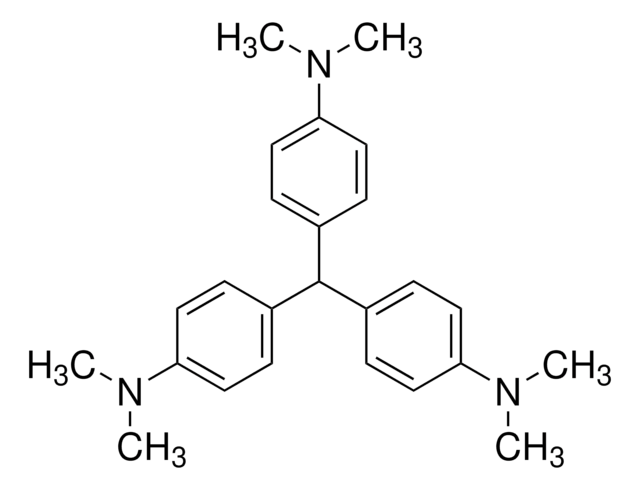D7876
Diamine Oxidase from porcine kidney
≥0.05 unit/mg solid
Synonym(s):
Amine:oxygen oxidoreductase (deaminating) (pyridoxal-containing)
About This Item
Recommended Products
biological source
Porcine kidney
Quality Level
form
solid
specific activity
≥0.05 unit/mg solid
mol wt
170 kDa
solubility
100 mM sodium phosphate buffer, pH 7.2: soluble 10 mg/mL
foreign activity
monoamine oxidase (benzylamine substrate) ≤1%
storage temp.
−20°C
General description
Application
Biochem/physiol Actions
Unit Definition
Storage Class Code
11 - Combustible Solids
WGK
WGK 3
Flash Point(F)
Not applicable
Flash Point(C)
Not applicable
Personal Protective Equipment
Choose from one of the most recent versions:
Certificates of Analysis (COA)
Don't see the Right Version?
If you require a particular version, you can look up a specific certificate by the Lot or Batch number.
Already Own This Product?
Find documentation for the products that you have recently purchased in the Document Library.
Customers Also Viewed
Protocols
To standardize a procedure for the enzymatic assay of Diamine Oxidase.
Our team of scientists has experience in all areas of research including Life Science, Material Science, Chemical Synthesis, Chromatography, Analytical and many others.
Contact Technical Service











